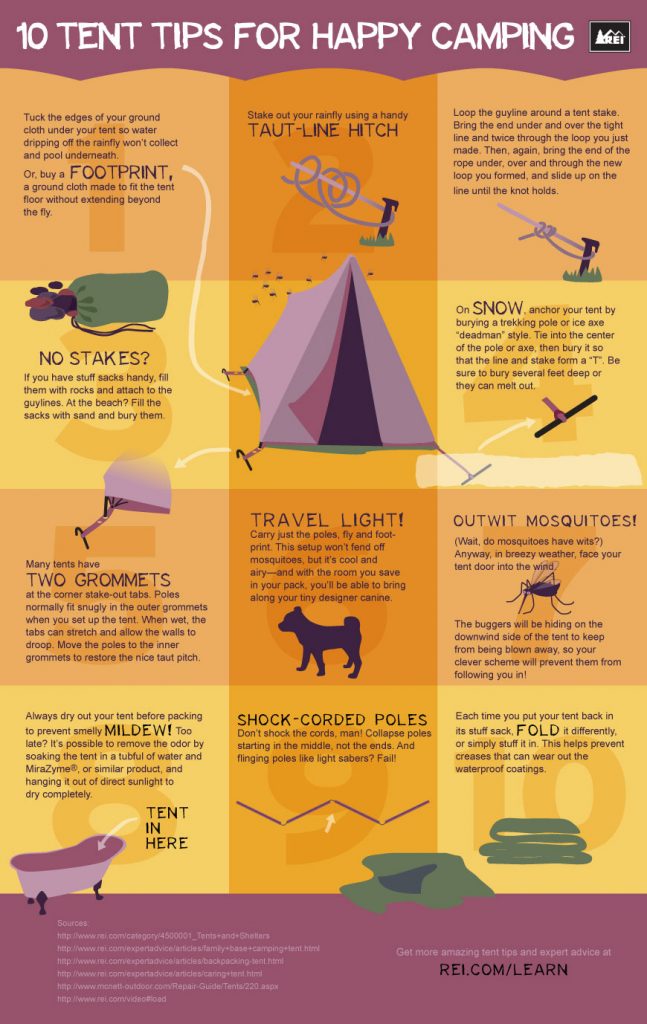How To Stop Losing Online Sales When Selling Camping Tents
How To Stop Losing Online Sales When Selling Camping Tents
Blog Article
Just How to Effectively Set Up Your Tent Before Outdoor camping
Establishing your camping tent can be an overwhelming job for also experienced campers. This overview will certainly cover the basics of pitching a tent effectively and securely so you can appreciate your camping trip without stress or worry.
Are campgrounds a good investment?
Begin by setting out your camping tent's footprint and ground sheet to safeguard your camping tent floor from rocks, sticks, dirt, and various other particles. Next off, assemble the tent poles and attach them to the edges of the camping tent body utilizing the suitable sleeve or hook.
Choosing the Right Site
When you are worn down after a lengthy day hiking, you want to pitch your outdoor tents and prepare yourself to rest. Yet you must initially walk around the site to make sure it is safe for outdoor camping. Overlook and as much as discover whether any trees have large dead branches that can fall on your camping tent. These are often called widowmakers and you don't want them to go down on you while you're resting.
Likewise be sure to avoid reduced areas that might flood during a storm and to camp far from animal trails, nests and habitats where ticks and chiggers are more than likely to grow. Look for a flat, rock-free spot that allows sufficient for your camping tent and any other gear you'll be bringing.
Some individuals like to establish their camping tents up so the head end is pointed towards the eastern to catch the sun's warming rays first thing in the early morning. This isn't constantly required, but it is a wonderful touch that can aid wake you up.
Pitching Tips
It may seem noticeable, however proper tent throwing is one of one of the most crucial factors in a good night's sleep. Having a practice run in the house will certainly help you acquaint on your own with your camping tent, locate all the pole sleeves and fasteners, and make sure every little thing is in place. It's additionally a fun time to practice utilizing guylines for stability and to find any type of damaged pieces.
When you arrive at your camping site, take a look at the terrain to see if it appropriates for your camping tent. A good general rule is to pitch the camping tent on a flat, degree area with a slight downhill angle. This will certainly allow rainfall to recede from the tent as opposed to pooling before it.
If you can't find a degree area, take into consideration putting a tarpaulin or various other groundsheet under your tent impact to secure it from moisture. This can additionally assist maintain dirt out of the tent.
Making Use Of Guylines Efficiently
Making use of man lines successfully is necessary to seeing to it your tent or hammock remains protected in high winds and various other bad climate condition. A man line is a rope or cord that connects to the ground through loopholes and D-rings in the structure, tarp, or rainfly.
Start by protecting one end of the line to a guyout loophole on your tent or rainfall fly, or to the pole it's connected to. Then loophole the various other end of the line over a stake positioned well away from the framework and tighten it.
Keeping your sanctuary's guy lines tight will stop drooping or drooping during gusty conditions, avoiding dampness from permeating into the camping tent or damage to the framework and boosting convenience and safety throughout camping. Constantly examine the tension of your person lines during and after damaging weather conditions to guarantee they remain safe. In addition, think about loading a man line tensioner to conveniently adjust and maintain the correct amount of tension in your lines.
Removing the Outdoor tents
When working out right into your campsite, find a place with a level area and clear it of rocks and debris. Additionally, be sure to put down a tent footprint or tarpaulin a little smaller sized than your tent body to avoid water merging. This assists maintain your tent completely dry from rain or condensation and can be particularly helpful in windy locations.
Examine your gear, including the outdoor tents things sacks to ensure absolutely nothing is missing out on. Examine that the poles fit into their clips and restock first-aid things if required.
When it's time to pitch your outdoor tents, begin by orienting the doors downwind, and stake down each corner of the camping tent. If the ground is loose pretty tents or sandy, take into consideration spreading a tarp under your camping tent to secure it from wind and lower the likelihood of your camping tent toppling. Likewise, make certain to make use of guylines effectively to tie down your rainfly and keep it taut. A well-pitched camping tent can stop dripping, condensation, and sun damage.
Are canvas tarps waterproof?
